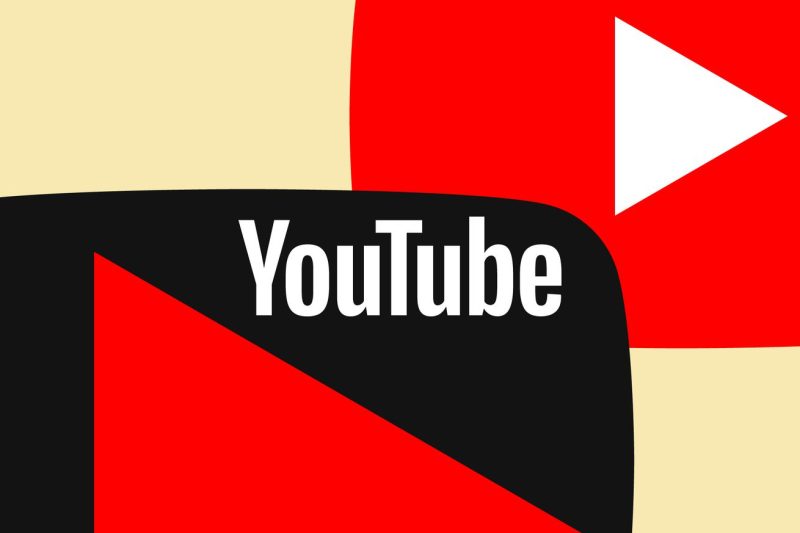YouTube Pulls Songs from Adele, Nirvana, and Others Due to SESAC Dispute
The recent decision by YouTube to remove songs from popular artists such as Adele and Nirvana has sparked controversy and frustration among music fans worldwide. This move comes as a result of a licensing dispute between YouTube and SESAC, one of the largest music rights organizations in the United States. As a result of the disagreement, YouTube has been forced to remove a significant number of songs from its platform, much to the disappointment of users.
SESAC, which represents a diverse range of artists and composers, has been at odds with YouTube over licensing rights and royalties for some time now. The organization, which has a strong presence both in the US and globally, has been pushing for fair compensation for its members’ work and has been actively seeking to protect their intellectual property rights.
YouTube, on the other hand, has been facing increasing pressure from music rights organizations to improve its licensing agreements and ensure that artists and composers are adequately compensated for their work. The platform, which boasts a massive user base and a vast library of music content, has been a major player in the music streaming industry for years. However, it has often been criticized for its handling of licensing and copyright issues.
The decision to remove songs from artists like Adele and Nirvana is likely to have a significant impact on both the artists and their fans. Many music lovers rely on YouTube as a go-to platform for discovering and listening to music, and the absence of songs from some of their favorite artists is sure to be disappointing. Additionally, artists depend on platforms like YouTube to reach a wide audience and generate income from their music, making the dispute between SESAC and YouTube all the more concerning.
It remains to be seen how this dispute will be resolved and whether YouTube will be able to restore the removed songs to its platform. In the meantime, music fans are left to wonder when they will be able to enjoy the music of artists like Adele and Nirvana once again on YouTube.
Overall, the clash between YouTube and SESAC highlights the ongoing challenges in the music industry when it comes to copyright, licensing, and fair compensation for artists and composers. As technology continues to shape the way we consume music, it is crucial for platforms like YouTube to find common ground with music rights organizations to ensure that artists are fairly rewarded for their creative work. Only through open communication and collaboration can a sustainable and equitable music ecosystem be achieved.

